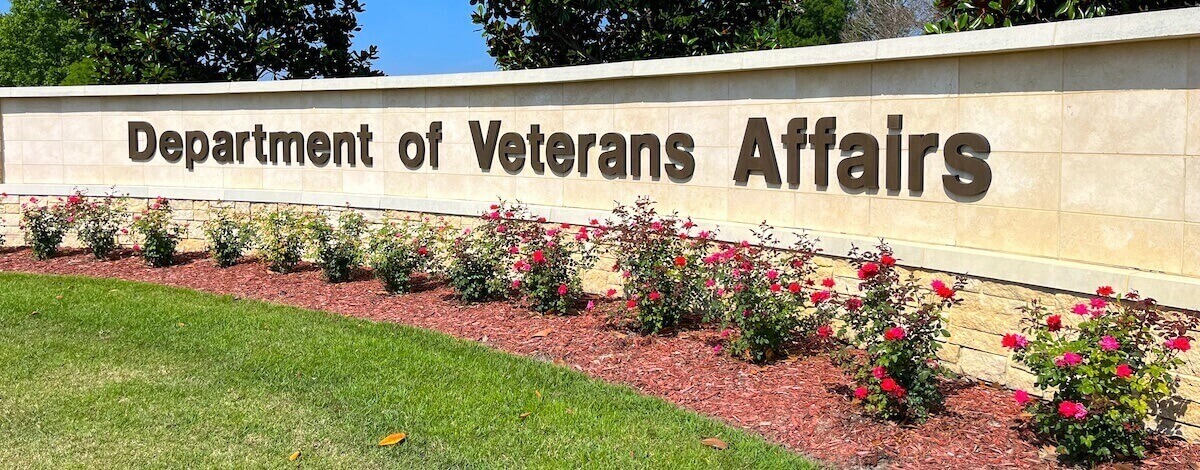Federal employees’ extended time on telework is once again under Congressional scrutiny. Two Senators want federal employees to either return to work in their offices or have the unoccupied office space divested.
Senators Roger Wicker (R-MS) and Chuck Grassley (R-IA) sent a letter to the administrator of the General Services Administration (GSA) making their case. The Senators wrote in their letter, “The COVID-19 emergency is over, federal employees cannot work from home forever and must return to office space the taxpayer pays for, or we need to get rid of the unused office space.”
They also said in the letter that it is “unacceptable” that GSA does not share federal building occupancy data with the American public. The letter states, “Federal building occupancy data would better inform the American people and Congress on how federal office space, paid for by taxpayer dollars, is utilized. After all, it is the American people’s money that support these federal buildings.”
The Senators asked for an explanation as to why GSA does not share the number of federal employees who report to federal office space with the public.
They also asked GSA to provide information such as a list of each federal building managed by the agency and which department or agency occupies it, the average daily occupancy rate of buildings, the lowest and highest numbers of federal employees that reported to the building, and the annual rental, operation, and maintenance costs for the buildings.
Grassley said in a statement, “While I’m at home in Iowa, I travel all 99 counties to meet with my constituents and hear their concerns. When the Senate is in session, I’ll be in Washington making sure I never miss a vote as their federal representative. Meanwhile, Americans get up and go to work each day in the field, factory or their offices spread across the country – all while D.C. bureaucrats sit at home and phone it in. The pandemic is over, and there’s no reason for taxpayer-funded offices to sit empty.”
A copy of the Senators’ letter is included further below.
Scrutiny of Federal Employees’ Extended Telework Grows
As the pandemic has wound down, and now with the Biden administration officially ending the COVID-19 national emergency and the COVID vaccine mandate for federal employees, Congressional scrutiny of telework has increased.
The House Committee on Oversight and Accountability recently sent 25 letters to various federal agencies to determine what the effects of the elevated levels of telework have been on agency performance and service to the American people. The letters stated, “…it [Biden administration] has provided no objective evidence concerning the impact of elevated telework on agency performance – including any deleterious impacts. We therefore seek information on the level of telework in your agency, how you have tracked its impact on performance, and what that impact has been.”
Bills have also been introduced to slash telework benefits for federal employees. The SHOW UP Act was recently introduced in both the House and the Senate which would roll back telework levels to where they were before the start of the COVID pandemic. Agencies would also be required to submit studies to Congress detailing how pandemic-era telework levels impacted their missions—including adverse effects on customer service, network security, and costs for real property and locality pay.
Senator Marsha Blackburn (R-TN), the sponsor of the Senate bill, said in a statement:
As the public health emergency officially ends in the United States, so should the pandemic-era telework policies for federal bureaucrats. I regularly hear from Tennesseans struggling to get ahold of a federal agency because of the massive backlog created by employees not being in the workplace. It’s illogical that VA employees are able to work from a bubble bath, while organizations across the country have safely re-opened. The SHOW UP Act would help restore accountability and productivity within the federal government, and I urge the Senate to promptly join the House in passing it.
The “bubble bath” in her statement is referring to a story reported by WSB-TV in Atlanta about a federal employee at the VA who posted a photo of himself and his government-issued laptop on Instagram with the caption “my office for the next hour” while sitting in a bathtub. The employee is a team leader in scheduling for the Atlanta VA Medical Center’s community care office and was apparently bragging about his telework situation to the rest of the world.
The Department of Veterans Affairs announced recently that it was cutting telework benefits for its employees starting this fall. VA Secretary Denis McDonough said in a press conference that federal employees in the Washington, DC area will be expected to be “in office workspace at least as much as they’re in flexible work arrangements.”

It will be interesting to see if other federal agencies will follow suit in reducing telework given the VA’s announcement and the growing pressure from Congress.
Letter to GSA Regarding Telework and Unused Federal Office Space
A copy of the letter is included below.
The Honorable Robin Carnahan
Administrator
General Services Administration
Dear Administrator Carnahan:
The Government Accountability Office (GAO) has reported that federal agencies have made few changes within their federally leased space since the COVID-19 emergency, and they collect very limited data on how many employees report in-person to federal offices. In surveys conducted in July 2021 and April 2022, GAO found that 20 of the 24 federal agencies surveyed, including GSA, either did not collect or collected limited space utilization data concerning how many federal employees worked in office buildings as indicated by a combination of electronic badging, sensors, and other technologies. GSA collected this data from “approximately one percent” of the 7,700 federal leases it manages and from “approximately eight percent” of 1,699 federally owned buildings. The GAO report states that GSA would begin collecting additional data about space utilization in 2022.
A January 2022 GSA factsheet on daily occupancy data states that GSA’s Public Building Service had begun collecting anonymous building entry information from its tenant agencies and through physical building access cards to better understand how the increase in telework and virtual teaming due to COVID-19 has changed the utilization of office space.
GAO reported that GSA has no plans to publicize current or future federal building occupancy data that it collects. This is unacceptable. News reports indicate that Washington, D.C, which has the largest concentration of federal employees in the country, lags behind other large metro areas in employees return to the workplace since the COVID-19 emergency. Federal building occupancy data would better inform the American people and Congress on how federal office space, paid for by taxpayer dollars, is utilized. After all, it is the American people’s money that support these federal buildings.
GSA is responsible for managing federal agency leases that total $5.7 billion in annual rental costs. The public availability of the number of federal employees who report in-person to the office will provide needed transparency into whether the taxpayer is getting the most bang for their buck. Federal agencies that use taxpayer money to lease and maintain buildings must utilize the space they are paying for. No taxpayer should have to front the bill for federal agencies to heat and air condition, replace lightbulbs, and take out unused trash bins in empty buildings. The COVID-19 emergency is over, federal employees cannot work from home forever and must return to office space the taxpayer pays for, or we need to get rid of the unused office space.
In order for Congress to conduct objective and independent oversight concerning the utilization and occupancy of federal office buildings and the costs to the taxpayer, please answer the following and provide the requested data no later than June 5, 2023.
- Why won’t GSA make the number of federal employees who report to federal office space in-person publicly available?
- Provide a list of each GSA managed federal building and the Department or agency occupying the property. For each federal building in each of the past five years, for each month provide the number of federal employees housed at the property, the average daily occupancy rate, the lowest number of federal employees that reported to the building, and the highest number of federal employees that reported to the building.
- For each federal building listed in Question 2, provide the annual rental, operation, and maintenance costs for each of the past five years.
- According to the January 2022 GSA factsheet, GSA used its own occupancy data that it collected to “successfully consolidate 2,000 people from six leased locations in the Washington, DC metro area to [GSA] headquarters building” which saved taxpayers $24 million in annual rent cost, $6 million in annual administrative costs, and a 50% reduction in energy consumption.
For each of the six previously leased GSA locations in each of the past five years, for each month please provide the number of federal employees housed at the property, the average daily occupancy rate, the lowest number of federal employees that reported to the building, the highest number of federal employees that reported to the building, and the annual rent, operation, and maintenance cost.
Thank you for your prompt review and response. If you have any questions, please contact our staff.




